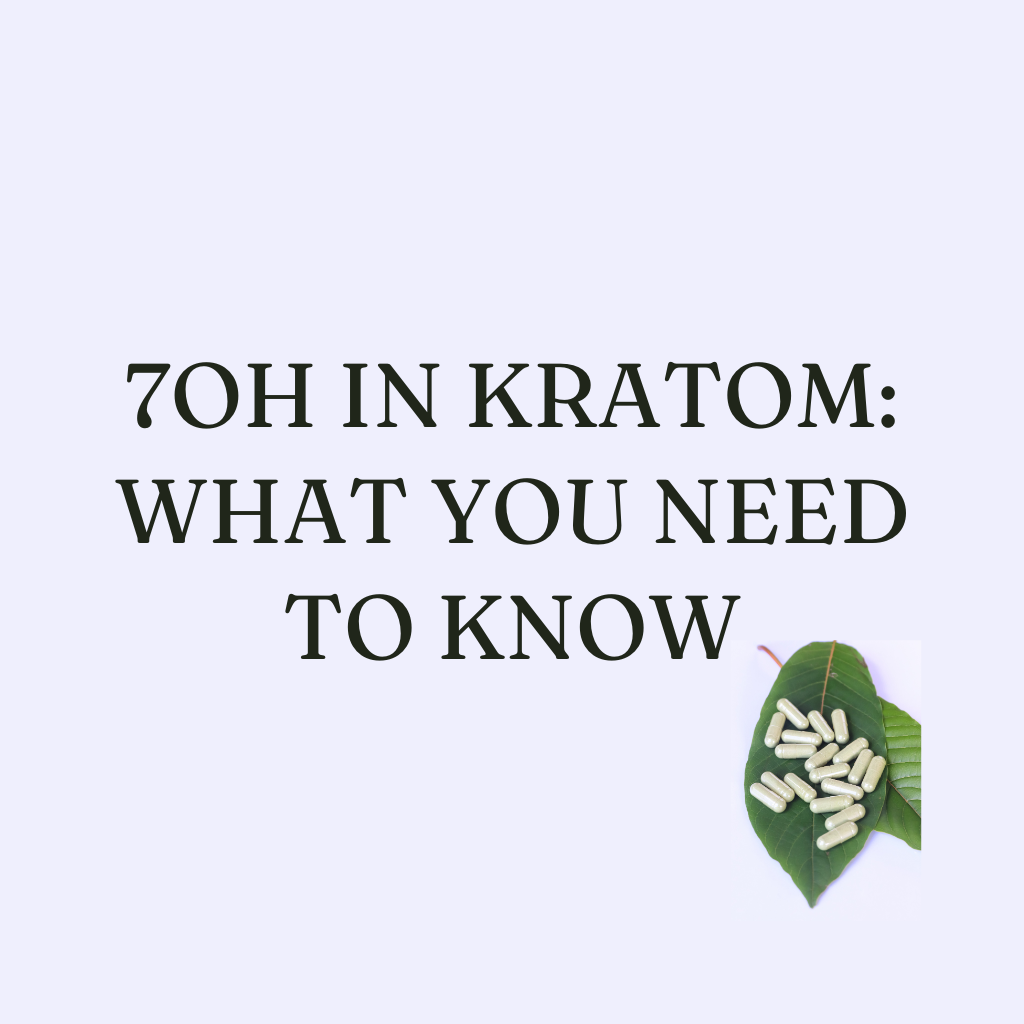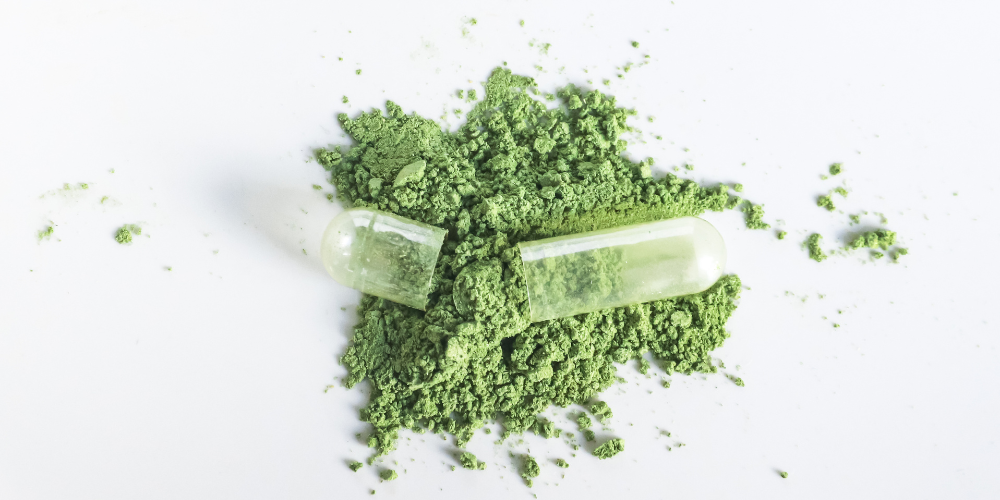
Free Shipping on Orders Over $75!
JOIN OUR EMAIL LIST FOR 20% OFF, weekly coupons up to 30% OFF
How to Avoid Low and High Kratom Tolerance

If you want to know how to avoid high kratom tolerance & lower it, below is the most comprehensive guide on this subject. During the next few minutes, you will learn everything you need to know about kratom’s tolerance levels as well as its three phases, dependency, and signs of withdrawal.
The best way to avoid building a high tolerance to kratom is to moderate and record your usage. Since most people underestimate the power and long-lasting effects of kratom, they take more than they need to result in higher tolerance levels where larger doses are needed to achieve the same effects as a standard dosage (3-4 grams).
[toc]
If you’re a seasoned kratom user or someone who is taking large doses of 10 grams or more per dosage to get the same effects that 3-grams used to do, you could be heading for some unpleasant experiences if you don’t lower your dosages and tolerance levels. Perhaps, you’re already there, and is the reason behind finding this report?
How to Avoid High Kratom Tolerance?
The best way you can avoid building a high kratom tolerance is to keep a daily journal of your dosage amounts and the effects you felt as well as writing down other important notes. The reason for this is simple, you do not need to take any more kratom than your body needs because kratom is very potent and comes with long-lasting effects. The key here is not to abuse kratom because your body can quickly build a tolerance and higher dosages are needed for the same effects as a normal dosage of kratom.
Most Reddit users report taking kratom between once and twice a day with moderate doses of 3-4 grams while new users suggested that 1-2 grams was the ideal amount when first experimenting with kratom. By and large, many people often make the mistake of thinking they need more kratom because they may not be getting the effects they want. Doing this can lead users to consume 20-30 grams daily, which in most cases is too much and accelerates the body’s tolerances.
How to Lower Kratom Tolerance?
If you have a high tolerance to kratom and want to lower it, you’ll need to start decreasing your daily intake of kratom. For example, if you’re taking 10-20 grams a day, it’s important not to go cold turkey, rather decrease your daily dosage by 5 grams until you have cut that in half. Next, after 4-5 successful days of lowering your doses, try taking a day off. Finally, once you lower your tolerance and find your kratom sweet spot, don’t take more than you need and try using different strains and mixing them rather than just using the one you like.
You should also keep a journal and personal notes for your journey to lower your tolerance, which can also be used as a reminder and guide if you should happen to fall back on your old ways.
3 Phases of Kratom Tolerance
When lowering your kratom tolerance, there are certain side effects and withdrawal symptoms that you may experience. These feelings can be further broken down into three phases of kratom tolerance:
-
Honeymoon Phase
Most new kratom users will experience what is known as the honeymoon phase (Zero kratom tolerance). The honeymoon phase simply means how one feels when experiencing kratom for the first time. The idea here is to find your sweet spot that mirrors your first experience. It may never be the same dosage you took the first time around, but it should be close.
-
Happy Phase
The happy phase can best be described as the proper kratom lifestyle. In most cases, this also describes those who have a daily intake of kratom under control. Your happy phase should be a proper dosage of kratom whether it’s once, twice, or three times a day. The goal is to find the right amount of kratom that works the best for you without taking more than you actually need to get the effects you want. The happy phase should include the occasional day or two off from taking kratom to avoid high kratom tolerance.
-
No Effects Phase
The no effects phase simply means the kratom isn’t working anymore (tolerance). If your effects are almost nonexistent after taking a large dose of kratom, this means your body has built a tolerance to it; therefore, you will need to lower your tolerance levels before feeling the same effects that you used to get from a normal dosage. Finding your sweet spot and implementing kratom strain rotation into a healthy daily regiment will keep you out of this disappointing phase.
What Dosage Size is Considered Kratom Dependency?
The dosage size that causes kratom dependency can vary wildly from person to person depending on body weight, age, and health. As an illustration, a 10-gram dosage may be just right for someone looking for soothing effects, but it can also create kratom dependency. Ten grams per serving of kratom or more can and will create a dependency; therefore, you should start to lower your intake of kratom to 5-6 grams per dosage.
It’s important to understand the power of kratom because today’s strains are very potent as cultivation, processing, and manufacturing methods have dramatically improved over the last decade. Evidence of this can be seen on product labels where the lab testing results of the present alkaloids are displayed. Lab-tested kratom containing strains such as Red Bali, Green Meang Da, White Indo, and others packs a powerful punch. To avoid kratom dependency, take proper doses, rotate your strains, and mix them.
Are You Experiencing Kratom Withdrawals?
To start, kratom is not designed to take every hour; therefore, inexperienced users have a tendency to take more before the initial dosage kicks in. Depending on the individual and amount taken can produce a wide range of effects from euphoria to increased energy, focus, and soothing effects. However, certain users may experience fatigue, dizziness, and vomiting as well as a number of other mixed feelings and emotions when going through kratom withdrawals.
Kratom withdrawals can be an unpleasant experience for most as the symptoms can cause heart palpation, nervousness, uncontrollable sweating, shivers, insomnia, severe headaches, and so much more.
Here are some signs that you may be experiencing kratom withdrawals:
- Muscle aches
- Runny nose
- Jerky arm and leg movements
- Bone or joint pain
- Aggression
- Upset stomach
- Diarrhea
- Hostility
- Mood swings
- Night sweats
- Depression
- Anxiety
- Insomnia
- Severe headaches
The key to avoiding high kratom tolerance is to use it properly and only as you need it. Kratom has the potential to help a number of people in a number of ways, but it can also create dependency and high kratom tolerance if abused. If you or someone you know is struggling with a kratom problem, contact SAMHSA’s National Helpline for professional help and assistance.
Did like a post? Share it with:
nimesh
Search
Table of Index
Post Categories
Related Posts
Where to buy kratom near me is a question that many users find themselves asking when looking for quality products
Finding the best Kratom Powder near me can feel difficult with so many options available locally. But steering through stores
Are you one of those scrolling on the internet for ‘7ALKS near me’? Are you looking for 7ALKS, 7-Hydroxy 15mg
7OH, or 7 hydroxymitragynine, is a significant alkaloid found in kratom that plays a crucial role in its effects. This
Curious about 7OH kratom? You’re not alone. As more people explore different botanical products, 7 hydroxymitragynine (7OH) has emerged as
Have you ever accidentally over-consumed kratom and experienced a hangover? Well, the good news is they’re easily avoidable. A kratom
Disclaimer
Must be 21 years or older to purchase kratom. Products are not for internal use. The US FDA Has Not Approved Kratom as a Dietary Supplement. We do not ship to the following states, cities and counties in the US where Kratom is banned Alabama, Arkansas, Indiana, Rhode Island, Tennessee, Vermont, Wisconsin. Sarasota County, Union County, Denver, San Diego. All sales should be 100% U.S. sales only.
Consult with a medical professional before use if taking prescription medication or affected by a serious medical condition. Always seek medical advice before using this or any other supplemental dietary product. These statements have not been evaluated by the Food and Drug Administration (FDA).
© 2025 Kratom Krush. All Rights Reserved.Privacy PolicyTerms & Conditions











